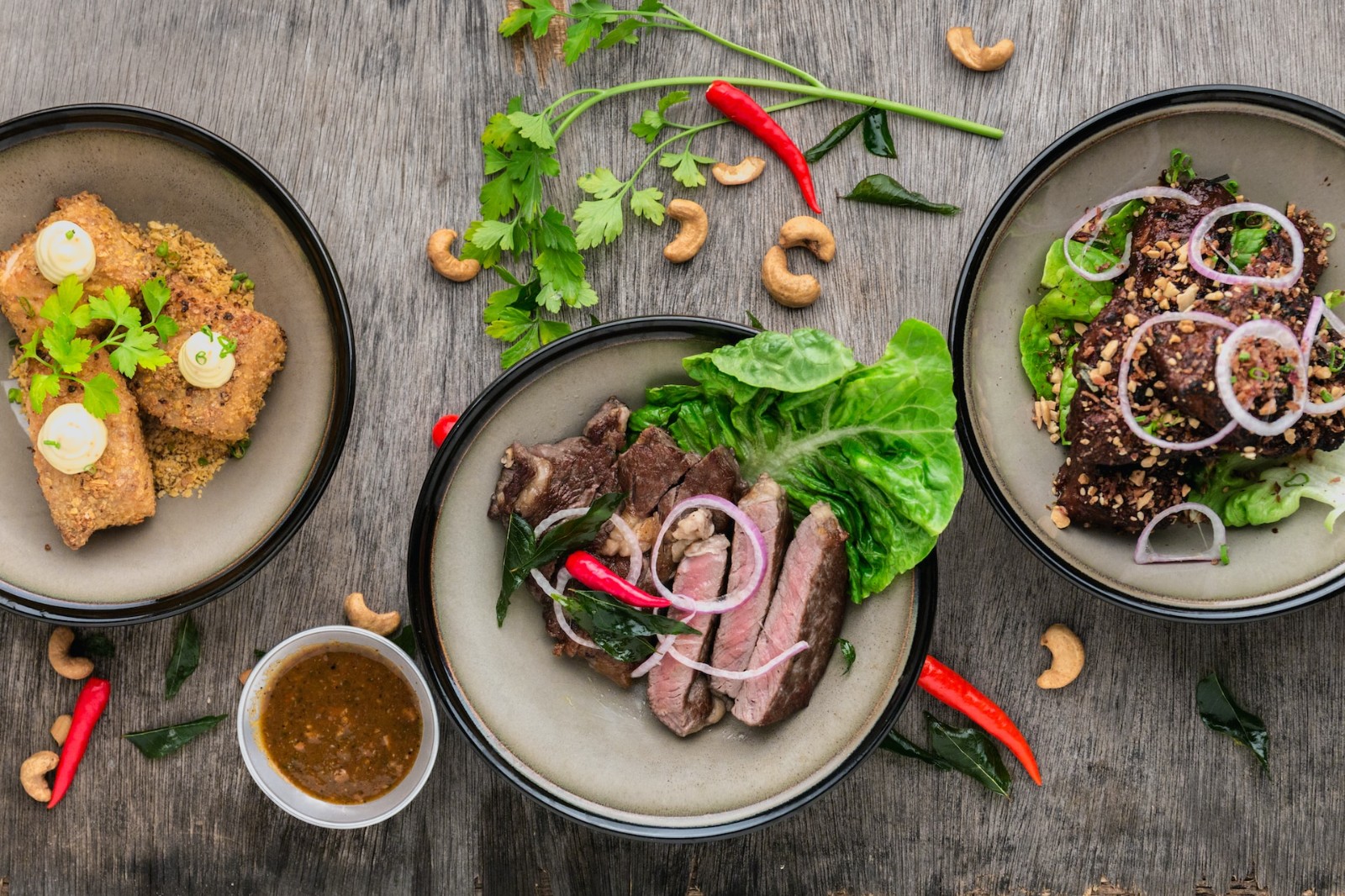


Recently, the topic of pre-made foods entering campuses has sparked widespread attention and discussion in society, quickly becoming a hot topic. Some people believe that pre-made foods are just leftovers and that consuming them regularly would seriously harm students' health. So, is pre-made food safe? Why is China vigorously developing the pre-made food industry? These questions have become doubts for many consumers.
In reality, pre-made foods are a broad concept. They are not equivalent to "ready-to-eat" meal kits or leftovers. Depending on the degree and type of pre-packaging, pre-made foods can be classified into convenience-type, fast-cooking-type, quick-heating-type, and ready-to-eat-type. Convenience-type and fast-cooking-type pre-made foods are the mainstream products in the pre-made food industry. In modern society, as the pace of life accelerates and labor costs in the catering industry rise, semi-prepared pre-made foods are welcomed by some consumers and catering businesses because they can retain the warmth of home cooking and the "restaurant taste" while significantly saving time and labor costs. Especially in certain scenarios, such as astronauts working in space stations, they rely on pre-made food for their meals.
It should be noted that the pre-made food industry has entered a fast lane of development in recent years. This year's Central document No. 1 also proposed the cultivation and development of the pre-made food industry. From the perspective of industry development, starting the production of semi-prepared products from the field not only ensures the freshness of ingredients but also strengthens the connection between rural development and urban catering, promoting rural development. Although many products can maintain quality for one year technically, from the perspective of flavor and energy consumption, semi-prepared products should be consumed as soon as possible to bring greater benefits to the industry.
From the perspective of food safety, central kitchens that centrally process semi-prepared pre-made foods have larger production scales, higher mechanization levels, and professional personnel, allowing for more precise control of each process, such as ingredients, temperature, and time. This not only maintains the stability of flavor and texture but also effectively reduces food safety risks. Of course, a small amount of food additives may be used in the production process, but their quantity is strictly controlled, unlike individual catering establishments or small workshops where excessive use is more likely to occur.

Although the development of pre-made foods is a major trend in the catering industry, there are currently some deficiencies in laws and regulations, which have created concerns for consumers. The specific issues include:
First, there is no nationally unified mandatory standard for pre-made foods. The definition, scope, characteristics, and recommended usage scenarios of pre-made foods need further clarification. According to media reports, there are currently three local standards and 43 group standards related to pre-made foods in China, but there is no national standard with legal binding force. This requires attention from relevant departments, especially the need for unified ingredient standards, product quality standards, and nutrition labeling standards for fast-cooking-type, quick-heating-type, and ready-to-eat-type pre-made foods.
Second, the issue of informing consumers about the use of pre-made foods should be further clarified. In order to ensure consumer awareness, it should be clearly stated whether restaurants and cafeterias use fast-heating or ready-to-eat pre-made foods. Using finished pre-made foods as substitutes for freshly cooked dishes is considered unfair competition in the industry and a form of deception for consumers.
Third, there is insufficient research and regulatory support for the nutritional quality of pre-made foods. In the case of large-scale production, how to ensure the safety of pre-made foods and how to regulate them have been studied to some extent by relevant agencies, but it is necessary to further clarify and refine these aspects through laws and regulations. In addition, research investments are needed to reduce the use of oil and salt in pre-made foods, minimize vitamin loss, preserve natural nutrients, and better safeguard consumers' health. Long-term lack of legal requirements may also reduce the motivation for companies to improve the nutritional quality of pre-made foods.
Fourth, there should be clear regulations for the use of pre-made foods in special scenarios, especially when the target consumers are students, the elderly, patients, etc. It is necessary to ensure that pre-made foods meet the standards of balanced nutrition based on relevant research, which requires strengthening the construction of regulations and standards.
Currently, some consumers regard pre-made foods as synonymous with inferior products primarily due to the low entry barriers in the pre-made food industry. Some companies lack technical expertise, resulting in poor product quality, unsatisfactory taste, excessive oil and salt content, and high prices. In the absence of sound legal regulations, and before authoritative and reassuring data is provided, the hasty introduction of pre-made foods into primary and secondary school cafeterias is bound to cause public concerns.
Therefore, relevant authorities should timely improve laws and regulations related to pre-made foods based on industry development, allowing more outstanding companies to enter the industry and produce high-quality pre-made food. Furthermore, effective communication and education are necessary to alleviate consumer concerns.
Need help or have a question?
Send mail